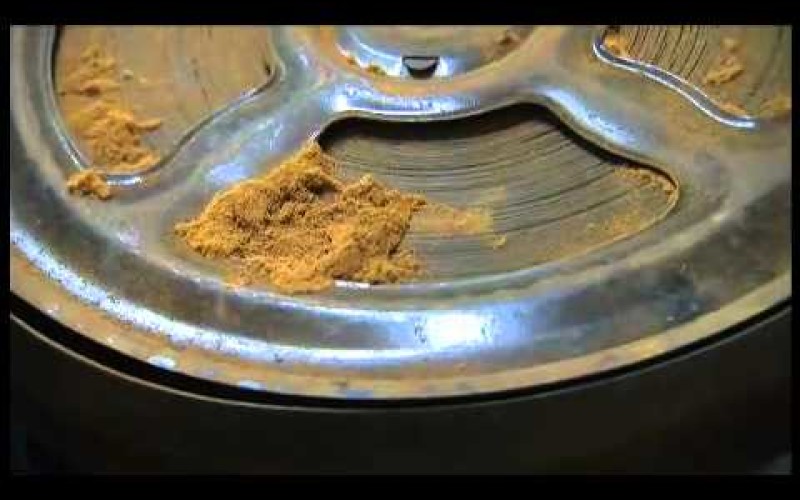Library of Congress Packard Campus for Audio-Visual Conservation to chyba jedyna specjalistyczna instytucja na świecie powołana do archiwizacji, konserwacji, rekonstrukcji i publikacji materiałów audiowizualnych, w tym m.in. zapisów fonograficznych
Set on a beautiful 45 acre campus with stunning architectural design and landscaping, the Packard Campus of the National Audio-Visual Conservation Center is a state-of-the-art facility where the Library of Congress acquires, preserves and provides access to the world’s largest and most comprehensive collection of films, television programs, radio broadcasts, and sound recordings. The Campus has globally unprecedented capabilities and capacities for the preservation reformatting of all audiovisual media formats (including obsolete formats dating back 100 years) and their long-term safekeeping in a petabyte-level digital storage archive. In addition to preserving the collections of the Library, the Packard Campus was also designed to provide similar preservation services for other archives and libraries in both the public and private sector.
The physical description of the Campus is impressive enough—415,000 square feet, more than 90 miles of shelving for collections storage, 35 climate controlled vaults for sound recording, safety film, and videotape, 124 individual vaults for more flammable nitrate film—but it will also be a „factory” for acquisitions, preservation, access, and partnerships. For example, the Campus will feature an off-air recording room to enable off-broadcast, off-cable, off-satellite capture of hundreds of channels of audiovisual content.
The Packard Campus will also host a regular series of film and television programming in its 206 seat theater, beginning in late 2007. The state-of-the-art projection booth will be capable of showing everything from nitrate film to modern digital cinema. A parallel listening auditorium for playback of all sound formats will also host many events; all programs at the Campus will be free and open to the public.
Source: Library od Congress




